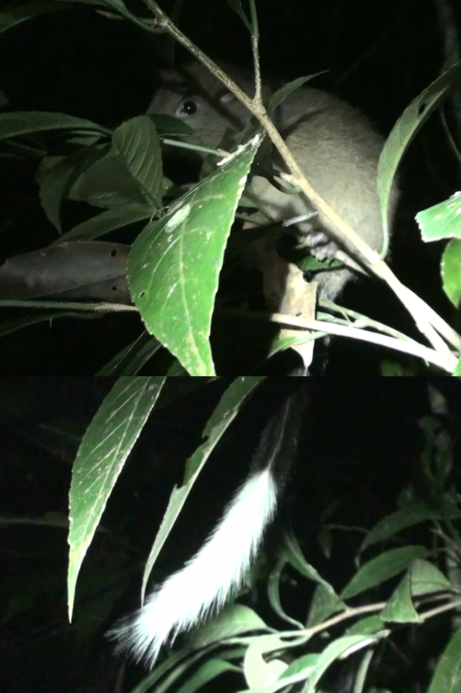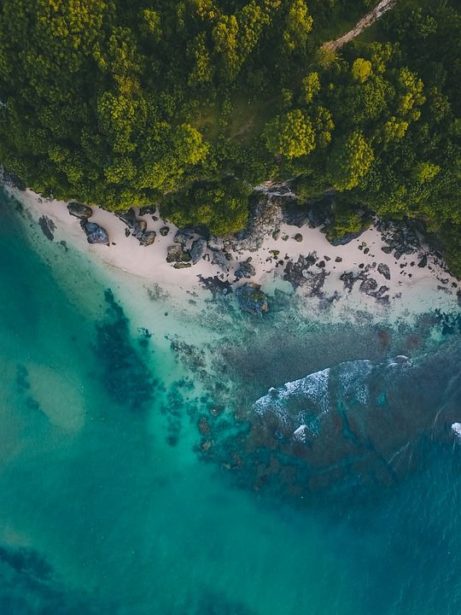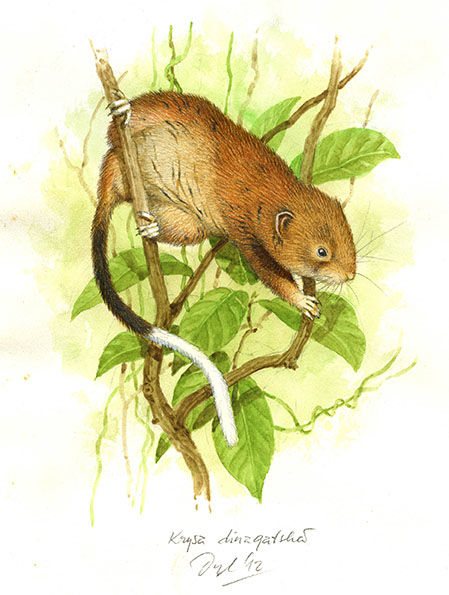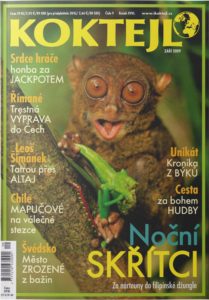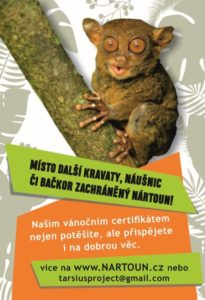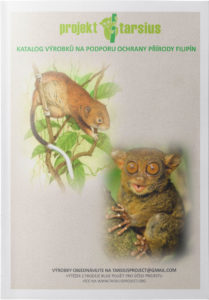Good bye to Bohol Island
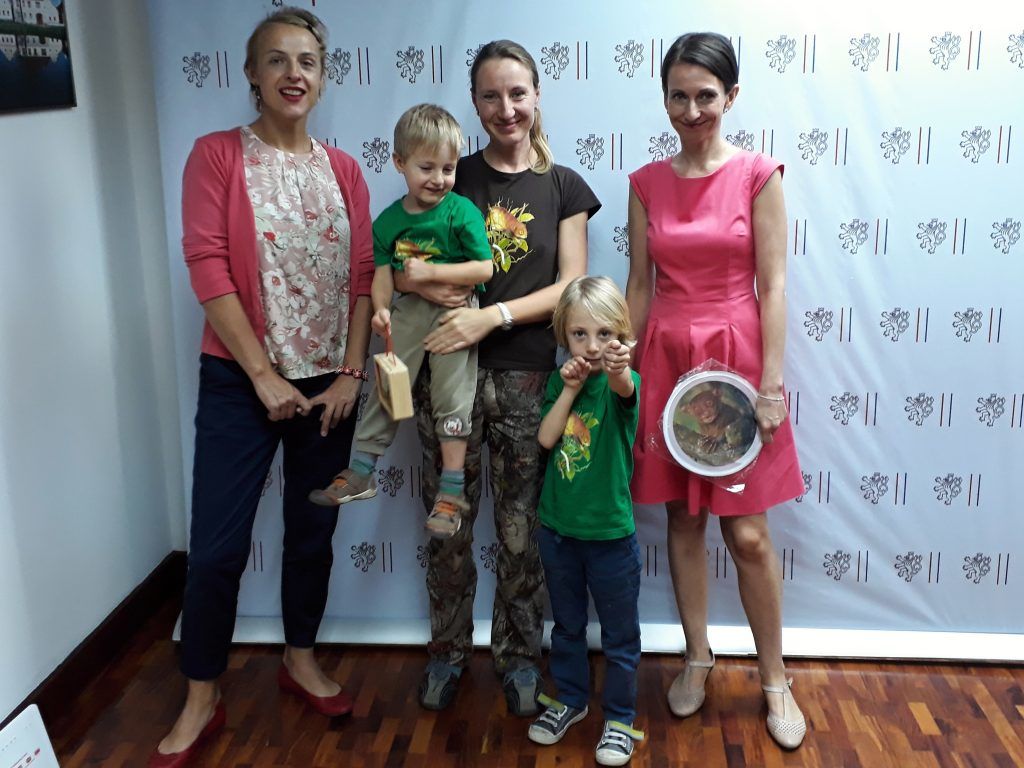 We started our Philippine tour in Manila where we met Czech ambassador Jana Šedivá and Jana Peterková and presented activities of the Tarsius Project to them.
We started our Philippine tour in Manila where we met Czech ambassador Jana Šedivá and Jana Peterková and presented activities of the Tarsius Project to them.
Now we have just visited Bohol Island, where we spend almost ten years on research and conservation of the Philippine tarsier.
Our team together with local organizations was involved in following activities:
RESEARCH OF FREE-RANGING TARSIERS
The Philippine tarsier is one of the least known nocturnal primates. In 2009-2010 we conducted a radio-telemetric study focused on behaviour, home-range use, social system and communication of the Philippine tarsier. During the two years we collected valuable data on two localities.The progress of the research was presented on several international conferences; results are being prepared for publication in scientific journals, with two papers already accepted (International Journal of Zoology, Acta Ethologica).
SITUATION OF CAPTIVE TARSIERS IN TOURIST CENTRES
In 2010 we became involved in monitoring of the situation of captive tarsiers abused as a tourist attraction of the main tourist route on Bohol. Based on our survey presented to the minister of environment and other authorities a special meeting focusing on captive tarsier on Bohol was held in December 2010. We suggested also guidelines for improvement of the tarsier keeping facilities that serve as an important source of information for locals. As a consequence, all the tarsiers from those facilities were transferred into a bigger and naturally planted enclosure in July 2011.
BREEDING CENTRE FOR TARSIERS
Following this we have decided to establish a breeding centre in Bilar, Philippines in cooperation with Wings of Serenity (organization running also Habitat Bohol Conservation Centre). The centre was established in the Philippines, eliminating the possibly most important factors that might cause the failure in the zoos in the past – stress during the transport, climate and food. In 2012 we started building of the centre and in 2014 we got our first male and the next year a female. In 2017 we had a successfull breeding and a tarsier baby was born. It is a huge succes not only in the Philippines but also in international zoology because the baby survived the critical period after birth and also survived beyond its first year which is the period when most of the captive bred tarsiers died in the past.
CONSERVATION EDUCATION
In our project we focus on raising awareness and organizing conservation educational activities in cooperation with our partners.
NIGH SAFARI
As a part of the Tarsius project we focused on promoting ecotourism in Rajah Sikatuna National Park on Bohol Island
This year´s visit of Bohol Island
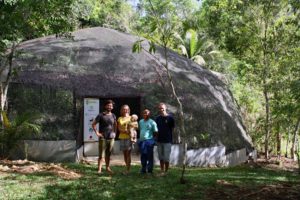 The goal of this year´s visit was to finish our last activity which was establishing of a conservation centre in Bilar in cooperation with Wings of Serenity (Habitat Bohol). Effort of Tarsius Project resulted in huge success in 2017 when a healthy tarsier infant was born. You can read more here. You can read more about it here. The management of the centre was taken over by a local organization at the beginning of last year and Tarsius Project is not involved in its activity anymore. I presented the important information that we learn and also summary of five years of our work at the Department of Environment and Natural Resources. I hope that some of the recommendations for keeping of this species will be used here in local conditions, especially in the biggest touristic tarsier centre in Villa Aurora, Bilar, where the authorities moved all the animals from unsuitable stations, read more here.
The goal of this year´s visit was to finish our last activity which was establishing of a conservation centre in Bilar in cooperation with Wings of Serenity (Habitat Bohol). Effort of Tarsius Project resulted in huge success in 2017 when a healthy tarsier infant was born. You can read more here. You can read more about it here. The management of the centre was taken over by a local organization at the beginning of last year and Tarsius Project is not involved in its activity anymore. I presented the important information that we learn and also summary of five years of our work at the Department of Environment and Natural Resources. I hope that some of the recommendations for keeping of this species will be used here in local conditions, especially in the biggest touristic tarsier centre in Villa Aurora, Bilar, where the authorities moved all the animals from unsuitable stations, read more here.
Night safari in NP Rajah Sikatuna
I visited also Rajah Sikatuna National Park, where we founded the idea of Night Safaris, organized guided tours to see the beauty of the night forest.
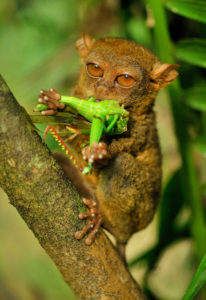
by Petr Slavík
Tarsiers, a symbol of Bohol and natural heritage of the Philippines as well as many other unique wildlife of Bohol are nocturnal. Therefore night safaris make the best time to observe tarsiers and other nocturnal wildlife in their natural habitat, and in the natural activity period. Dusk is when the nocturnal animals are just waiting up and starting to feed. Besides tarsiers you can encounter flying lemurs, civet cats, bats and fruit bats, owls, frog mouths, nightjars. Frogs and various insect species sing one of the most fascinating concerts of nature.
Spending night in the forest – for tarsier researchers an everyday activity, for most of locals a night mare, for tourist on the other hand it might be a challenge and a new experience. Groups that have encountered the wild tarsier have been totally trilled with the experience. All groups have thoroughly enjoy their encounter in the rainforest at night, seeing and learning about the animals and plants that they normally don’t have a chance to experience in a truly wild situation. Been in the safety of a trained guide, guest have enjoyed watching snakes and spiders that they would normally want to kill or run away from.
I tis a way how to introduce animals to visitor in their natural environment instead of showing stressed tarisers or flying lemur in a cage.
I am very glad that also management of the national park liked the idea as well, so except of Habitat Bohol you can book a Night Safari tour directly in the park.
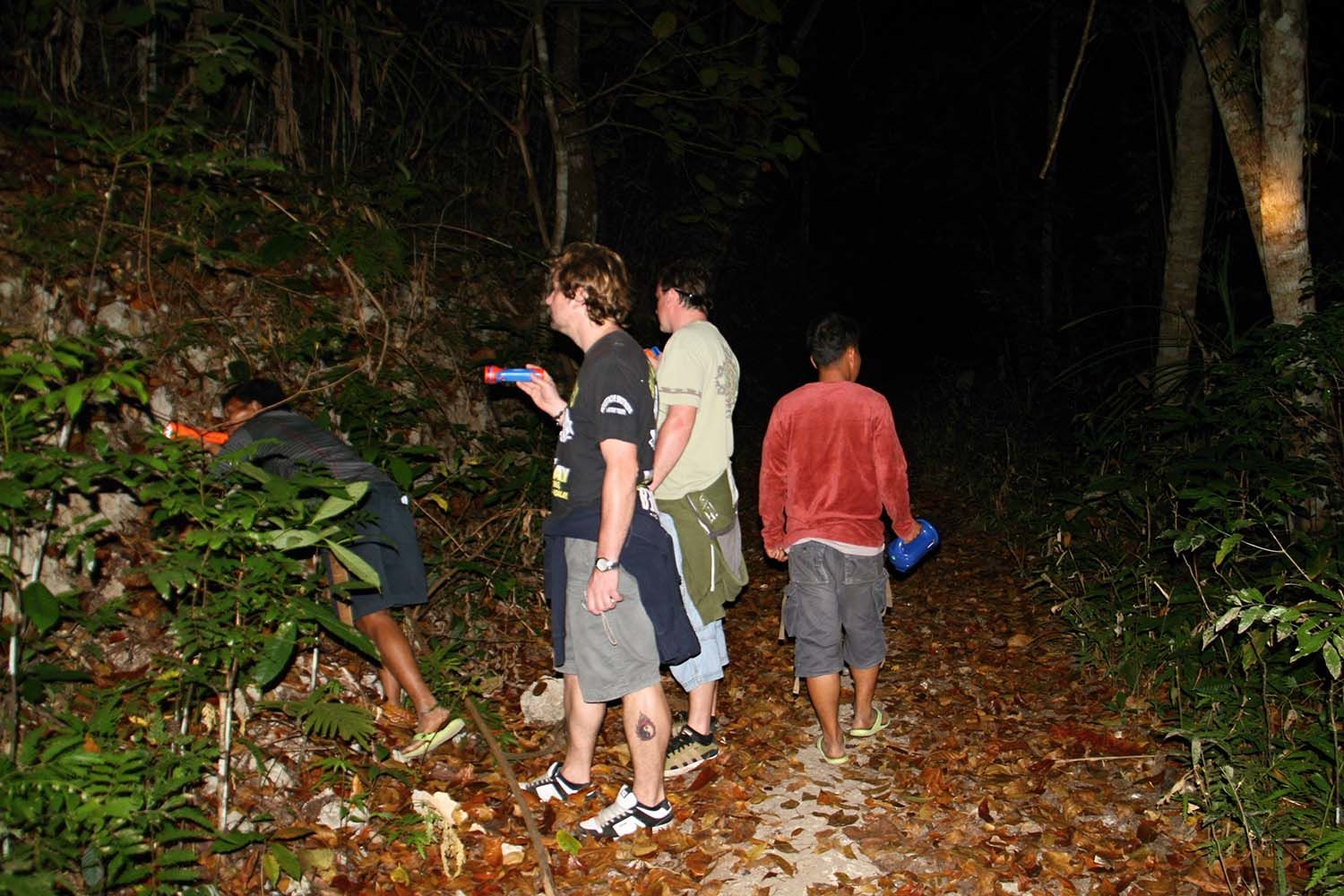
Rajah Sikatuna National Park decided to use its potencial in other way as well and a lot has changed. They chargé now 100 pesos entrance fee which was not in 2007 when I visited the park for the first time and they offer several guided activities as hiking, bird watching, monkey watching or the above mentioned night safari. I tis great improvement because before except of several broken signs and non-functioning visitors center the management of the park did not offer anything to the visitor. However, I will personally like to see also the possibility to visit the park without the guide which is not possible anymore and each aktivity except observing of monkeys that can be seen just beside the visitors centre you will pay additional 500 pesos for a guide (per 1-5 persons).
Another controversy is feeding of macaques. Despite you can read on the signboard at the entrance that feeding of monkeys is strictly prohibites, in fact it is the main activity in the park and you will be encouraged by drivers and even park staff to buy bananas and feed the monkeys. Where this can lead is obvious from other palcces where fed animals become agressive. So, dear visitor, the decission if to feed or not to feed is up to you and your responsibility to the wild nature.
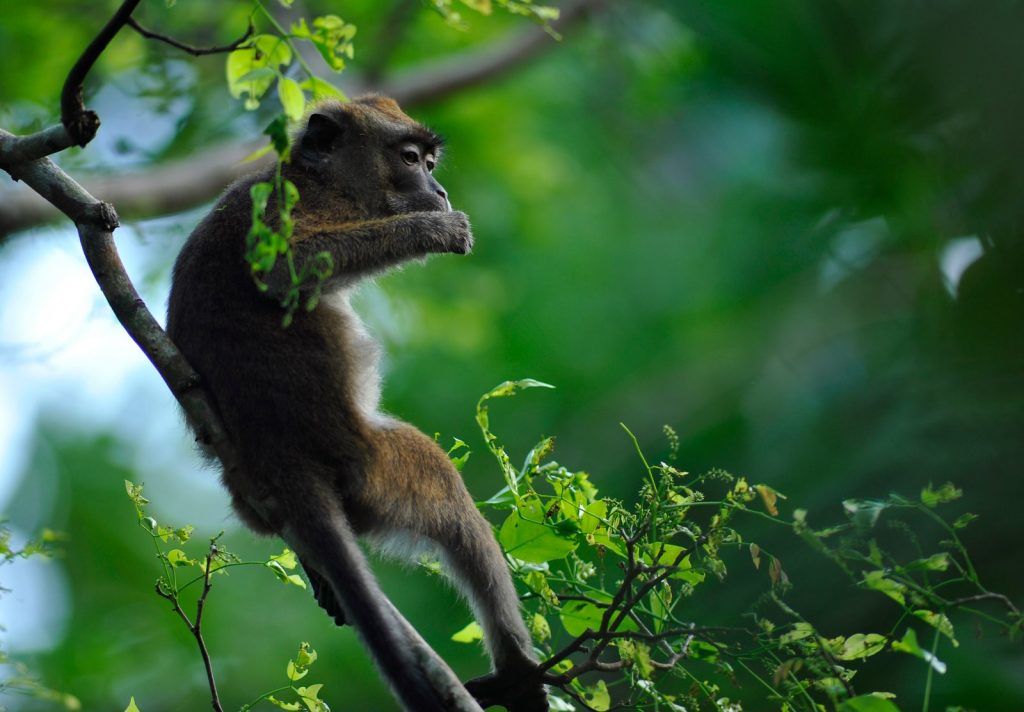
foto: Tom Junek

